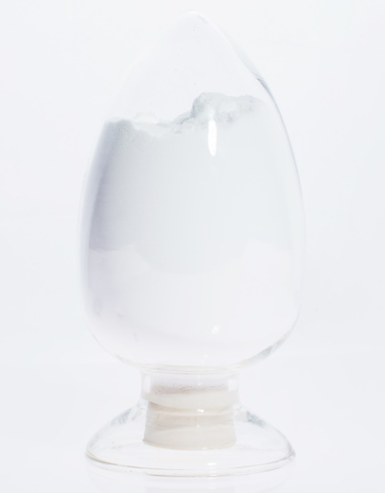
News
Jul . 28, 2024 01:10 Back to list
Current Market Trends and Pricing Analysis of Chelated Iron Liquid Fertilizers for Agricultural Use
Understanding Chelated Iron Liquid Fertilizer Prices
In the world of agriculture, the use of fertilizers is paramount for ensuring optimal plant growth and productivity. Among these fertilizers, chelated iron liquid fertilizers have gained significant attention due to their ability to provide plants with essential iron in a readily absorbable form. However, understanding the pricing of these products is crucial for farmers, gardeners, and agricultural businesses looking to maximize their yield and minimize costs.
Chelated iron fertilizers are specially formulated to prevent iron deficiency, which is a common issue in many crops. Iron is vital for chlorophyll synthesis and overall plant health, but it is often unavailable to plants in alkaline soils. Chelation is a chemical process that helps to bind iron with organic molecules, making it more accessible for plant uptake. This characteristic not only promotes healthier plants but also improves overall agricultural productivity.
The price of chelated iron liquid fertilizer can vary significantly based on several factors. One of the primary influences is the formulation and concentration of the product. Fertilizers with higher concentrations of chelated iron generally command higher prices. For example, a liquid fertilizer containing 6% to 10% iron may cost more than one with a lower concentration, as it provides a more potent solution for iron deficiency.
Another key factor influencing pricing is the source of the chelating agent used. Products using advanced chelation techniques, such as EDTA (Ethylenediaminetetraacetic acid) or EDDHA (Ethylenediaminedi(o-hydroxyphenylacetic acid)), tend to have higher costs due to the complexity of their production and their greater efficiency in iron uptake. Farmers must evaluate the specific needs of their soil and crops to determine which type of chelated iron fertilizer will provide the best value for their investment.
chelated iron liquid fertilizer price

Market demand also plays a significant role in pricing. In regions experiencing iron deficiency-related plant health issues, the demand for chelated iron fertilizers can spike, leading to increased prices. Additionally, the global supply chain, which includes sourcing raw materials, manufacturing, and distribution, can impact costs. For instance, disruptions caused by economic factors, such as trade policies or natural disasters, can lead to variations in pricing.
Seasonal trends also affect the price of chelated iron liquid fertilizers. During peak planting seasons, the demand typically increases, and so do prices. Farmers looking to purchase these fertilizers should consider buying them ahead of the busy season to secure better rates. Furthermore, local agricultural supply stores may offer promotions or bulk purchasing discounts that can mitigate costs.
While the upfront cost of chelated iron liquid fertilizers might appear high, it's important to consider the long-term benefits they can provide. Healthy plants yield better production, which can lead to higher profits for farmers. Moreover, investing in high-quality fertilizers can ultimately reduce the need for additional treatments or interventions required to combat plant deficiencies later on.
In conclusion, the price of chelated iron liquid fertilizers is influenced by several factors including formulation concentration, the type of chelating agents used, market demand, and seasonal trends. For farmers and agricultural professionals, understanding these elements can facilitate more informed purchasing decisions. By strategically investing in the right fertilizers, they can enhance crop health and productivity, ensuring sustainable agricultural practices and a more profitable yield.
-
Polyaspartic Acid Salts in Agricultural Fertilizers: A Sustainable Solution
NewsJul.21,2025
-
OEM Chelating Agent Preservative Supplier & Manufacturer High-Quality Customized Solutions
NewsJul.08,2025
-
OEM Potassium Chelating Agent Manufacturer - Custom Potassium Oxalate & Citrate Solutions
NewsJul.08,2025
-
OEM Pentasodium DTPA Chelating Agent Supplier & Manufacturer High Purity & Cost-Effective Solutions
NewsJul.08,2025
-
High-Efficiency Chelated Trace Elements Fertilizer Bulk Supplier & Manufacturer Quotes
NewsJul.07,2025
-
High Quality K Formation for a Chelating Agent – Reliable Manufacturer & Supplier
NewsJul.07,2025
